Atmospheric & Space Physics
Institute of Space and Atmospheric Studies
- Infrared Aeronomy
- HF-VHF Radar
- Atmospheric Dynamics
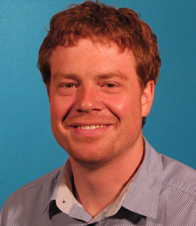
Professor
(306) 966-1418
adam.bourassa@usask.ca
Institute of Space and Atmospheric Studies (ISAS)
- Satellite based remote sensing
- Atmospheric radiative transfer
- Aerosol and cloud physics
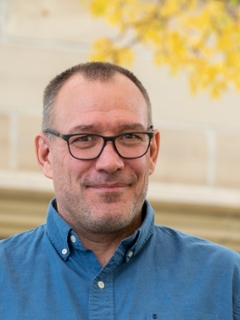
Professor
(306) 966-6447
doug.degenstein@usask.ca
Institute of Space and Atmospheric Studies (ISAS)
- Optical satellite instrument development
- Atmospheric tomography
- Trace gas and aerosol retrievals
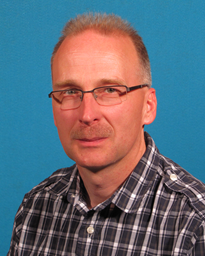
Professor
(306) 966-6442
glenn.hussey@usask.ca
Institute of Space and Atmospheric Studies (ISAS)
- Near-Earth space environment
- Measurement of plasma parameters with satellite and ground-based instruments
- Electrodynamical processes in the Earth’s ionosphere
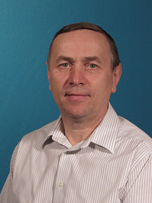
Professor
(306) 966-6426
sasha.koustov@usask.ca
Institute of Space and Atmospheric Studies (ISAS)
- Electrodynamical processes in the Earth’s ionosphere and magnetosphere
- Measurements of plasma parameters with satellite and ground-based instruments
Experimental investigation of anything related to aurora borealis/australis with radars being the prime instrument.
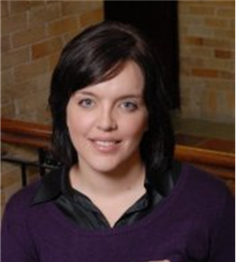
Professor
(306) 966-6605
kathryn.mcwilliams@usask.ca
Institute of Space and Atmospheric Studies (ISAS)
- Space environment; space weather; aurora
- Electrodynamical processes in the Earth’s ionosphere and magnetosphere
- Research with the Super Dual Auroral Radar Network (SuperDARN)
Professor
(306) 966-6457
susann.tegtmeier@usask.ca
Institute of Space and Atmospheric Studies (ISAS)
Magnetic Resonance Imaging
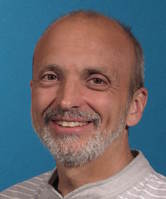
Adjunct Member
(306) 966-2321
gordon.sarty@usask.ca
Magnetic Resonance Imaging
- High mass X-ray binaries and astrophysical black holes
- Neuroimaging (functional Magnetic Resonance Imaging, fMRI)
- Development of novel pulse sequences for generating MRI image data
- Creation on an application of a math model of follicular dynamics to the problem of detecting ovulatory follicles by ultrasound in assisted reproductive therapy
- Re-inventing magnetic resonance imaging or MRI
- Mathematical model of formalin diffusion into the brain on the basis of MRI data for post-mortem brains
Materials Science with Synchotron Radiation
- X-ray Emission Spectroscopy
- X-ray Absorption Spectroscopy
- Thermodynamics of Materials
- Theoretical & Computational Physics
- Superconductivity
- Spintronics
- Two-dimensional materials (Graphene, Silicene)
- High Pressure
- Synchrotron and Neutron spectroscopy
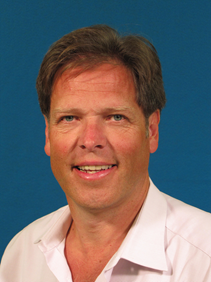
Professor, Canada Research Chair (T1)
Phone: (306) 966-6431
E-mail: alex.moewes@usask.ca
Material Science, Condensed Matter Physics
Our experiments use the world-class synchrotron Facilities at Berkeley (Advanced Light Source) and on U of S campus (Canadian Light Source). We also Perform state of the art computation of our measured spectra.
We are using synchrotron radiation with emphasis on three areas:
- Two dimensional materials (Graphene, Silicene)
- Spinelectronics materials
- Ultra hard materials
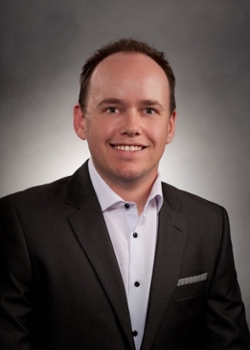
Assistant Professor, Department of Physics & Engineering Physics, University of Saskatchewan
Phone: 1-306-966-2295
Email: robert.green@usask.ca
Resonant X-ray studies of Quantum Materials
We use synchrotron-based resonant x-ray spectroscopy to study quantum materials. Our primary techniques are resonant x-ray absorption, reflection, and diffraction. These techniques allow us to probe various forms of emergent phenomena found in new materials with possible applications as next-generation electronic devices.
Advanced Materials/Devices Research
- High efficiency organic/inorganic hybrid photovoltaic devices
- Graphene electronics
- Magnetic semiconductors for spintronics applications
- Band engineering of semiconducting thin films
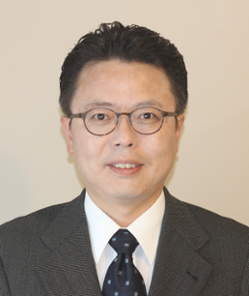
Professor
Graduate Chair
(306) 966-2768
gapsoo.chang@usask.ca
Advanced Materials/Devices Research Lab
- High efficiency organic/inorganic hybrid photovoltaic devices
- Graphene electronics
- Magnetic semiconductors for spintronics applications
Plasma Physics
- Magnetic Fusion
- Materials Processing
- Theory and Computation
- Electric propulsion
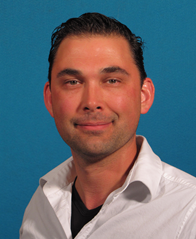
Associate Professor
(306) 966-6399
michael.bradley@usask.ca
Plasma Materials Processing
- Plasma ion implantation (PII)
- Plasma processing for material science
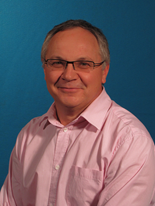
Professor, Fellow of American Physical Society,
(306) 966-6432
andrei.smolyakov@usask.ca
Theoretical Plasma Physics
- Magnetically confined plasmas, thermonuclear fusion; space and astrophysical plasmas; low-temperature plasmas
- Drift waves and instabilities; anomalous transport of particles, energy, and momentum.
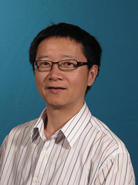
Professor
(306) 966-6415
chijin.xiao@usask.ca
Plasma Science and Technology for Fusion and Materials Processing
- Controlled thermonuclear fusion
- Compact torus injection
- Plasma assisted materials synthesis
- Plasma diagnostics
- Applied plasma physics and technology
Polar Observation Group
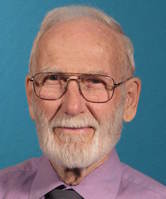
Subatomic Physics, SPIN
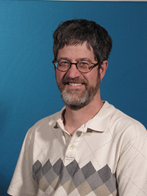
Department Head, Professor
(306) 966-6427
tom.steele@usask.ca
Theoretical Particle Physics of the Standard Model and beyond
- QCD and hadronic physics
- Glueballs, exotica, hybrids, multiquark-mesons
- Electroweak symmetry breaking mechanisms
- Higgs portal dark matter models
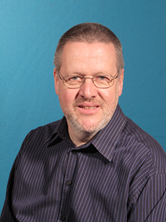
Professor
(306) 966-6443
rainer.dick@usask.ca
Theoretical Physics and Particle Astrophysics
- Dark matter particles in extensions of the Standard Model
- Gravitation and cosmology in brane world models
- Ultra-high energy cosmic rays
- Low-dimensional systems in materials physics
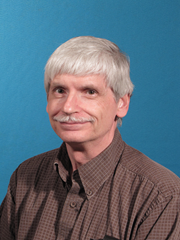
Professor
(306) 966-6404
rob.pywell@usask.ca
Experimental Subatomic Physics
- Measurements of photo-nuclear reactions using gamma rays from the High Intensity Gamma Source (HIGS) at the Duke University Free Electron Laser Laboratory, Durham, North Carolina.
- Tests of the fundamental properties of the particles that make up the atomic nucleus.
- Tests of our understanding of the fundamental nucleon-nucleon interaction.
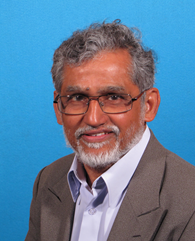
Professor
(306) 966-6412
chary.r@usask.ca
Nuclear and Particle Physics
- Radiation physics
- Symmetries and structures
- Trace element analysis
- Medical Isotopes & PET/SPECT
Conceptual foundations of physics